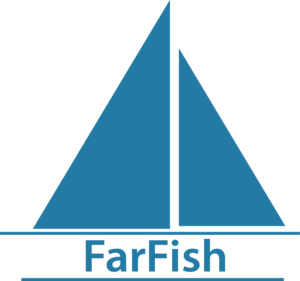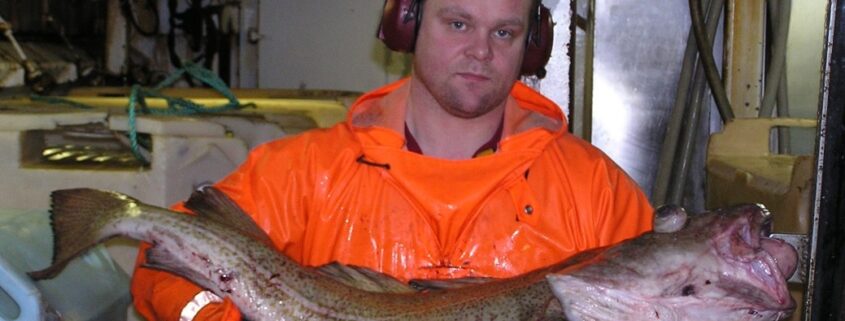Report on stock assessment in selected fisheries outside EU waters which are important for the EU long distant fleet
One of the key objectives of the FarFish project is: “To advance knowledge and collate data related to biological characteristics of the main fish stocks in selected fisheries outside EU waters that are important for the EU fleet, and to evaluate the relevance and applicability of appropriate stock assessment methods for these fisheries.” In this context, the review and evaluation of stock assessment models used in the different Case Studies and the status of the stocks is one of the primary objectives of the project. The FarFish project has therefore published a report, which contains a review the stock assessment carried out for the target species in each of the project’s case study areas.
The full report is available here
The report concludes that the tuna fisheries, which are managed through ICCAT and IOTC, has sufficient data to allow for a wide range stock assessment, ranging from catch and effort based Surplus Production models to the state of the art Stock Synthesis approach that can accommodate both age and size structure in the population and multiple stock sub-areas.
In the case of demersal and small pelagic species assessed at the regional level through CECAF and FAO, a more limited range of stock assessment methods and models are used, namely variations of Surplus Production models, and in some cases length-based cohort analysis and yield per recruit. There are few examples of the use of data-limited methods; the exception being the Catch at MSY (CMSY) approach developed by Martell and Froese (2013) and used by ICCAT and CECAF for some species.
The status of tuna and tuna-like species in the Atlantic shows a mixed picture. For some species, mainly by-catch species but also a target species (skipjack tuna), no formal assessment is possible due largely to lack of suitable data and/or to the characteristics of the species (skipjack tuna). Only two species (swordfish and blue shark) are considered not overfished or subject to overfishing, while half the other assessed species are considered subject to overfishing.
In the Indian Ocean, based on the same reference points used by ICCAT, bigeye tuna, skipjack, swordfish and blue shark are considered subject to overfishing. Yellowfin tuna and striped marlin are considered overfished/subject to overfishing, while blue marlin and indo-pacific sailfish are assessed as not overfished but subject to overfishing.
For the 26 demersal species/stocks assessed by CECAF/FAO, half of the 19 that could be assessed were judged to be over-exploited, while seven were considered fully exploited and only three not fully exploited. Due to insufficient data, inconclusive results were obtained for seven stocks, although additional information from fisheries and scientific surveys suggests that many are overexploited.
For the Southwest Atlantic, limited assessment is possible due to lack of RFMO and the fact that the EU fleet accounts for a fraction of the non-EU long-distance fleets for which no data is available. For the Southeast Atlantic, lack of data has hampered stock assessment for some species. However, the South East Atlantic Fisheries Organisation (SEAFO) has put in place a number of management measures and harvest control rules for some of the target species such as Patagonian toothfish, alfonsino, and deep-sea red crab.
The review report shows that lack of suitable data for classical stock assessment methods is an underlying theme in all the case studies and that to date, there has been limited use of data-limited models or approaches applied. For example, in the case of Mauritania and Senegal the number of demersal species/stocks (19) for which there is some kind of stock assessment is a fraction of the total number of commercial demersal species and stocks (more than 100 species/stocks). For these other data-limited or data-poor species FarFish can provide the tools to carry out stock assessment based on the DLM tools package which has minimal requirements (catch time series and life history parameters). FarFish aims to identify sources of data, especially time series of fisheries independent catch per unit effort data from research surveys, that the case study partners can use to assess these species. In the case of by-catch species of pelagic fisheries (Seychelles and Cabo Verde) FarFish has actually compiled data for selected species that are not currently assessed by ICCAT or IOTC and these are used to illustrate the DLM package that has been developed. Thus, based on data that is mainly available from time series of research institute national surveys, along with life history parameters, FarFish can play an important role in showing how DLM can be used to carry out stock assessment of the many species for which there is currently no assessment, thereby contributing to improved management and sustainable exploitation.




